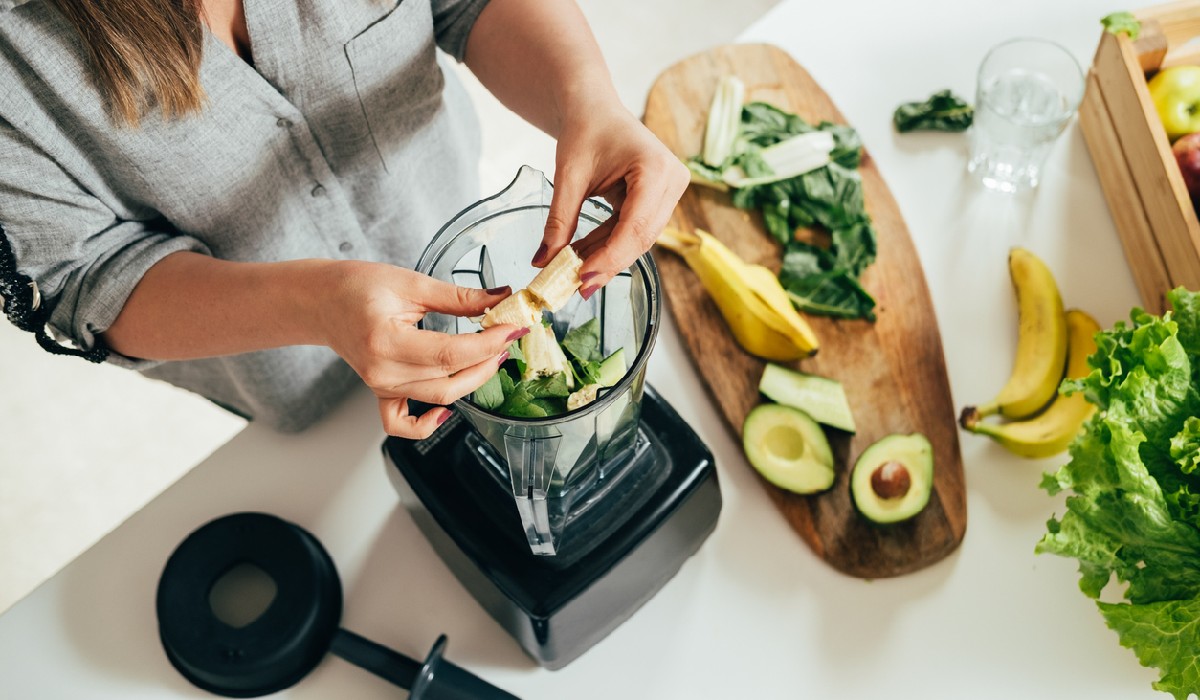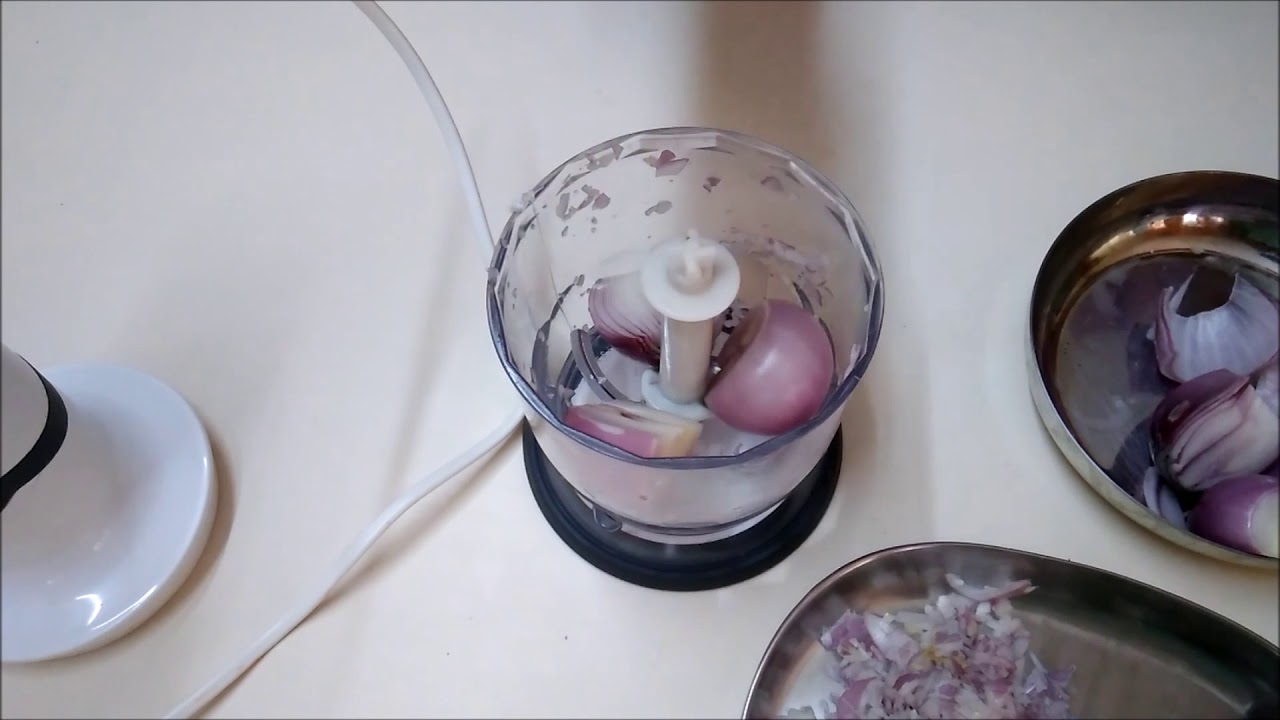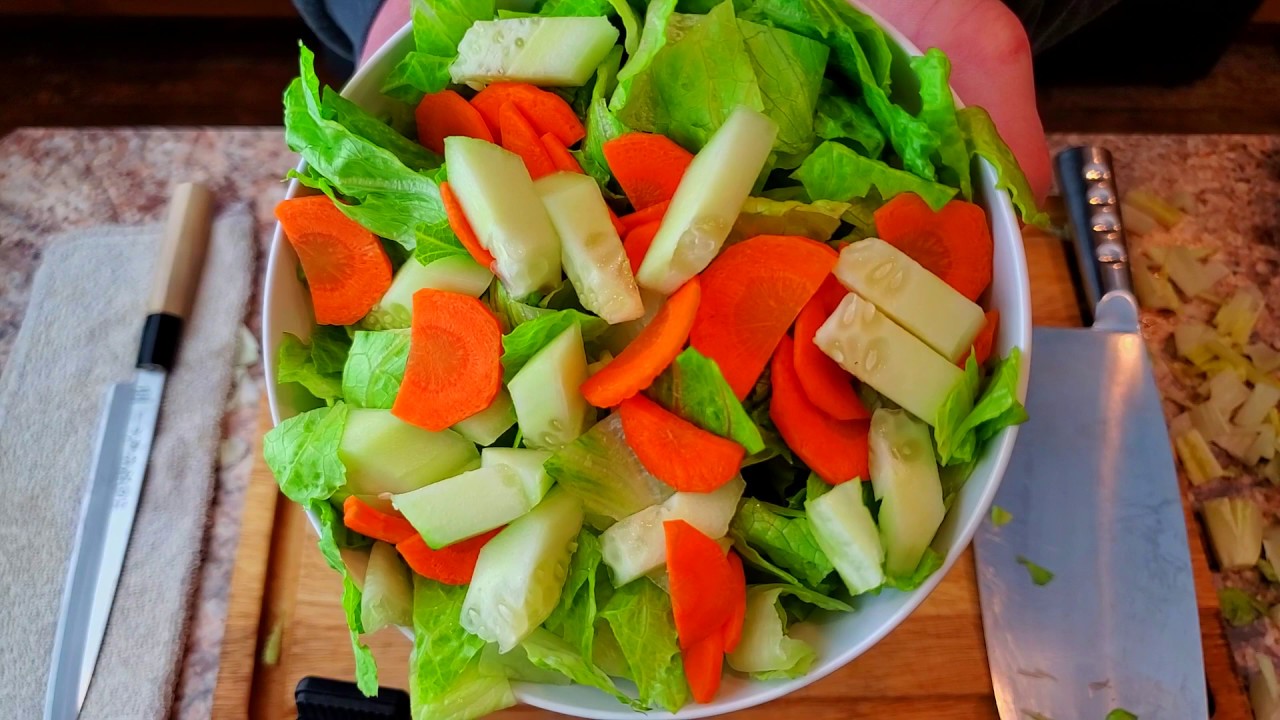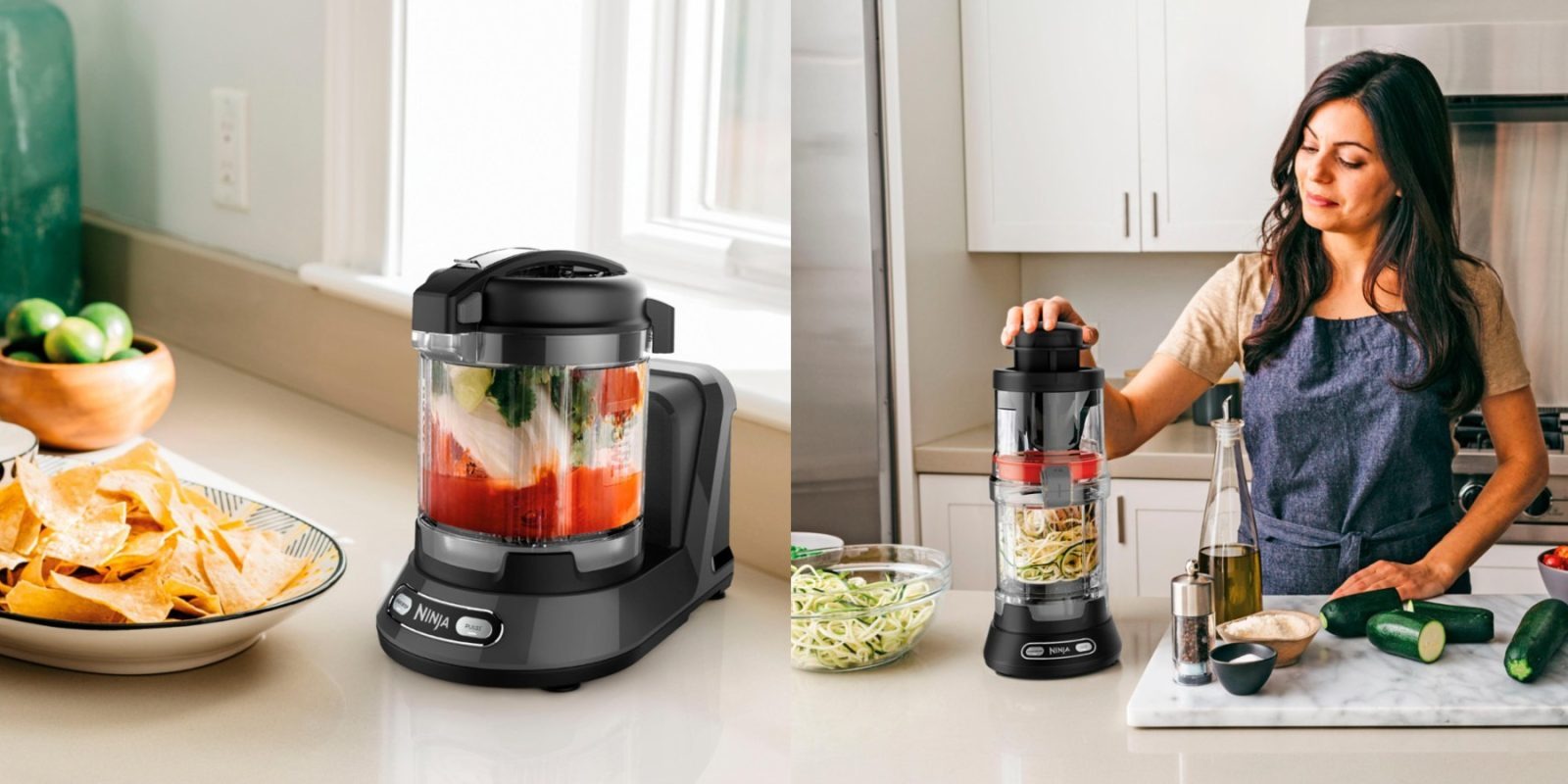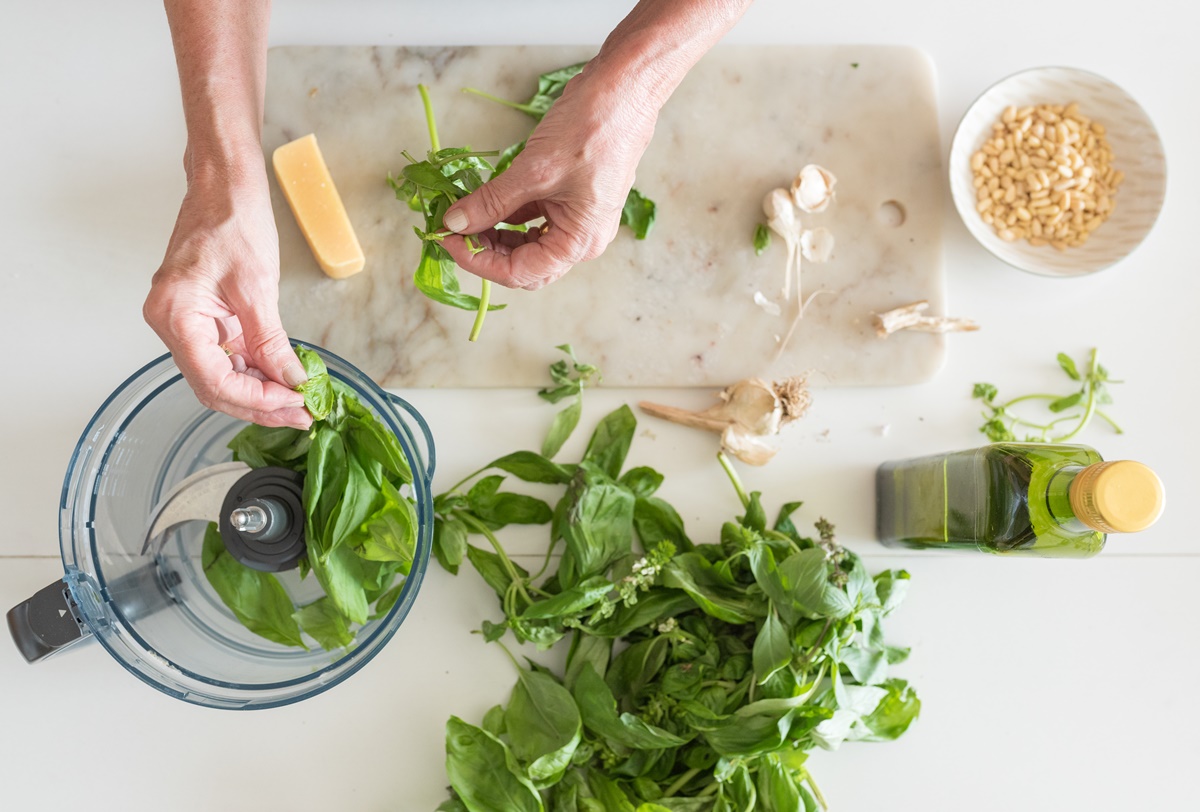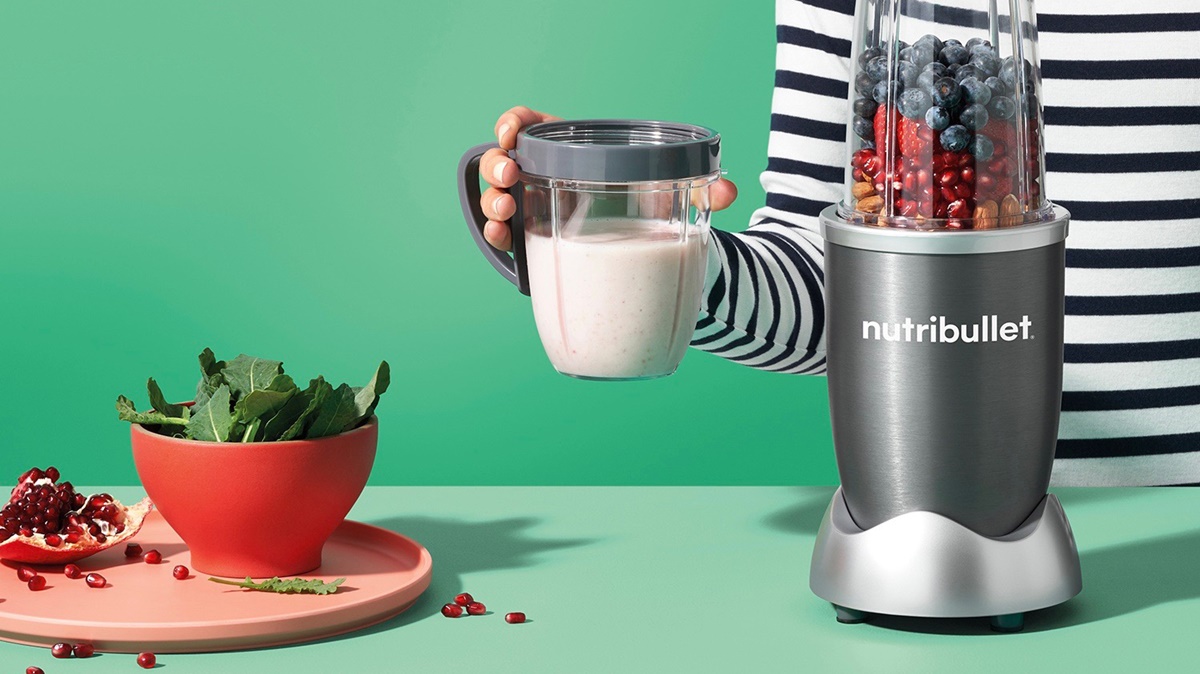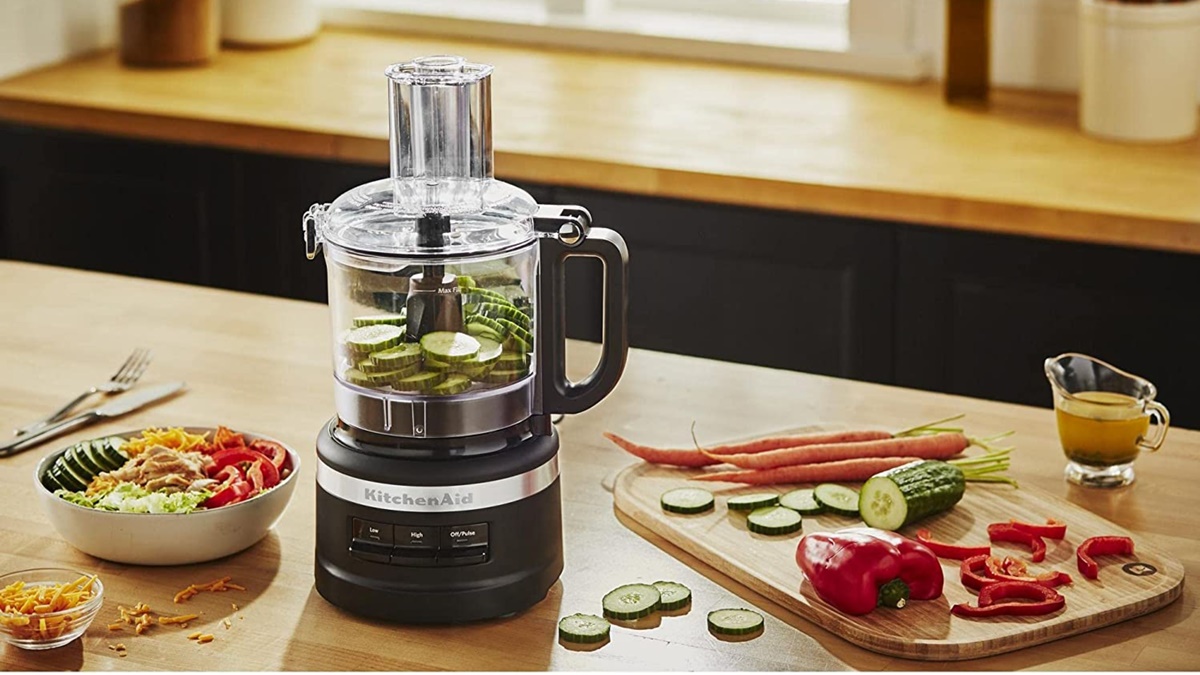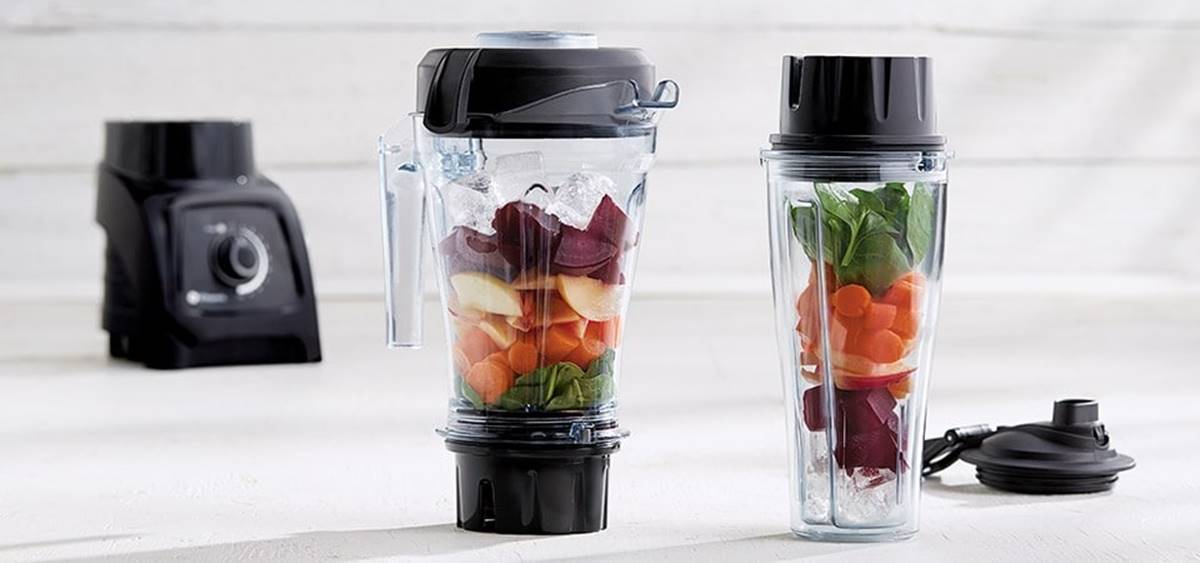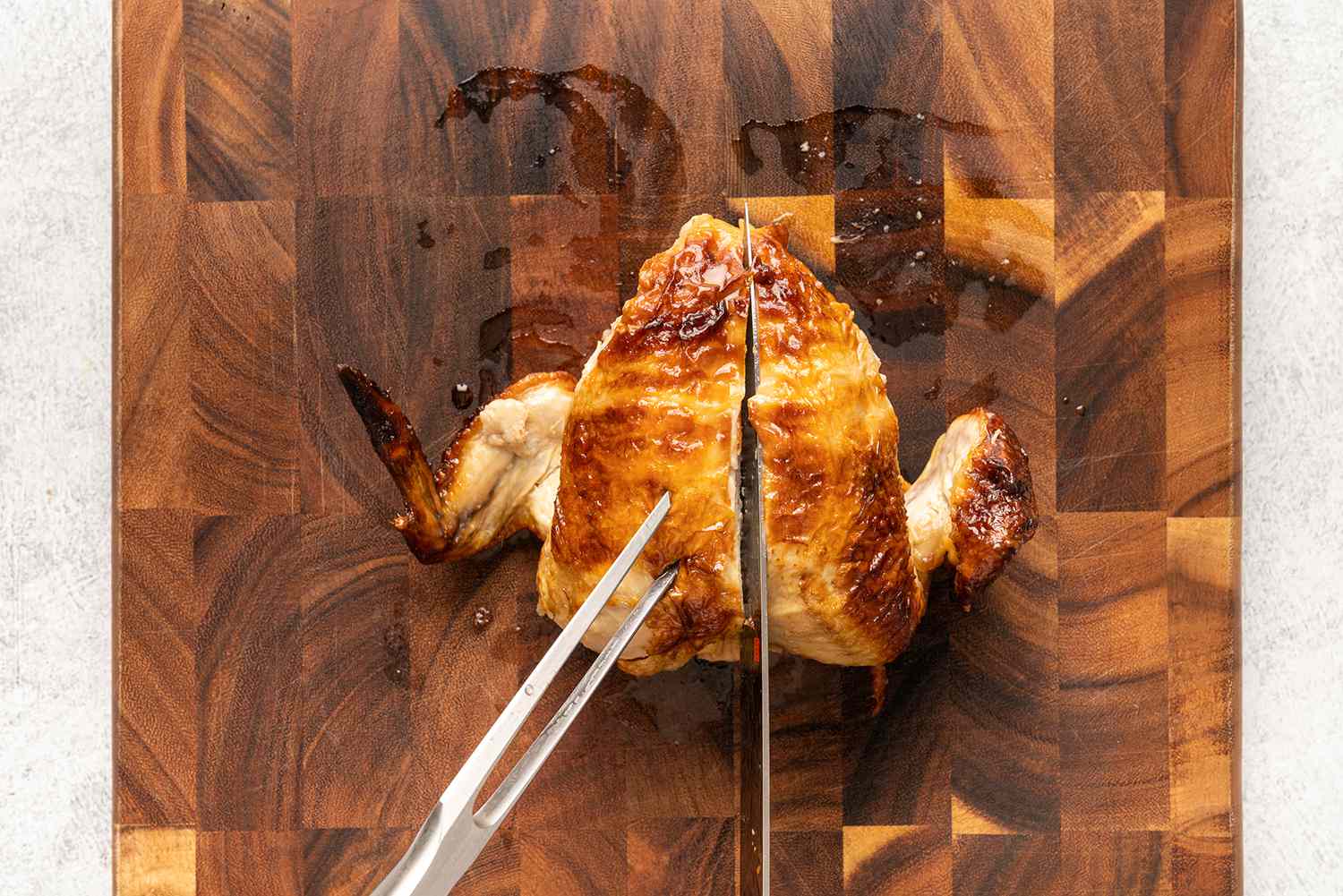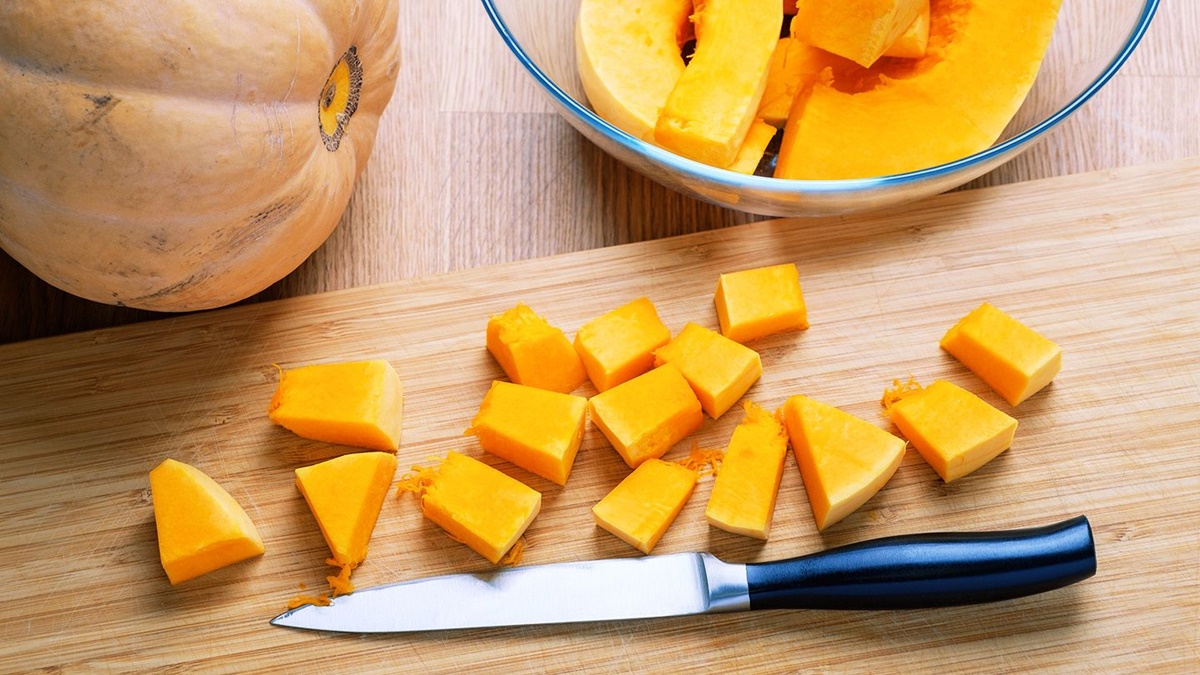How To Chop Vegetables With A Knife
Giving your vegetables a good chop can make all the difference in the outcome of your dish. Whether you’re a beginner in the kitchen or a seasoned chef, mastering the art of chopping vegetables with a knife is an essential skill. Not only does it improve the presentation of your food, but it also ensures even cooking and enhances the flavors. Follow these step-by-step instructions to become a vegetable-chopping pro!
Step 1: Choose the Right Knife
The first step in chopping vegetables like a pro is selecting the right knife. A sharp and sturdy chef’s knife is your best bet. It provides better control and precision while cutting. Ensure that the knife is comfortable to hold and fits your hand well to avoid accidents.
Step 2: Prepare Your Cutting Board
Before you begin chopping, make sure your cutting board is clean and stable. Choose a board that won’t slip and slide as you work. Consider using a non-slip mat or damp paper towel underneath to provide extra grip. This will ensure the safety and efficiency of your chopping process.
Step 3: Wash and Peel the Vegetables
Prior to chopping, wash the vegetables thoroughly under running water to remove any dirt or impurities. If necessary, peel the skin off certain vegetables like carrots or potatoes. Peeling is a personal preference, and it depends on the recipe you are preparing.
Step 4: Cutting Techniques
Now it’s time to dive into the actual chopping! Here are three common techniques:
- Julienne: Julienne cut involves cutting vegetables into thin, matchstick-like strips. Start by cutting the vegetable into evenly sized rectangular-shaped pieces. Then, slice these pieces into thin strips. This technique is great for stir-fries and salads.
- Dice: Dicing involves cutting vegetables into small, evenly-sized cubes. Begin by chopping the vegetable into slices of your desired thickness. Stack the slices and then cut them into strips. Finally, chop the strips crosswise into small cubes. Dicing is perfect for soups, stews, and sautés.
- Chiffonade: Chiffonade is a technique mainly used for leafy vegetables like lettuce or basil. Start by stacking the leaves on top of each other. Roll them tightly into a cylinder shape and slice across the rolled leaves to create thin ribbons.
Step 5: Practice Makes Perfect
Remember, practice makes perfect! Chopping vegetables with a knife is a skill that gets better with time. As you gain experience and confidence, you’ll find your own rhythm and develop your preferred cutting techniques. Don’t be afraid to experiment and find what works best for you.
Step 6: Safety First
While chopping vegetables with a knife can be an enjoyable task, it’s essential to prioritize safety. Always keep your fingers curled under your hand, away from the blade. Take your time and maintain focus to avoid accidents. Consider investing in a finger guard to protect your digits.
With these step-by-step instructions, you are well on your way to becoming a master of chopping vegetables with a knife. Remember, it’s not just about the final appearance but also the joy and satisfaction that comes from preparing delicious meals with your own hands. Happy chopping!
Explore Delicious Recipes Using Your New Chopping Skills
Having mastered the art of chopping vegetables with a knife, it's time to put those skills to the test with a variety of delightful recipes. From hearty meals to light salads, the techniques you've learned can be applied across a broad spectrum of dishes. For a warming, nutritious option, the Hearty Vegetable Soup Recipe is an excellent choice, utilizing a variety of chopped veggies. If you're in the mood for something vibrant and quick, the Classic Vegetable Stir-Fry Recipe offers a perfect way to use your chopping skills on an array of colorful vegetables. For those who enjoy rich, bold flavors, the Spicy Vegetable Curry Recipe is highly recommended. Each recipe provides a unique way to appreciate the textures and flavors that properly chopped ingredients can offer. Experimenting with these will not only enhance your cooking repertoire but also bring fresh tastes to your dining table.
Was this page helpful?
Read Next: How To Chop Vegetables With Magic Bullet
